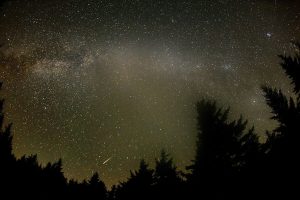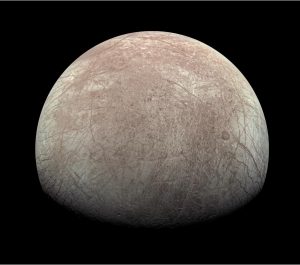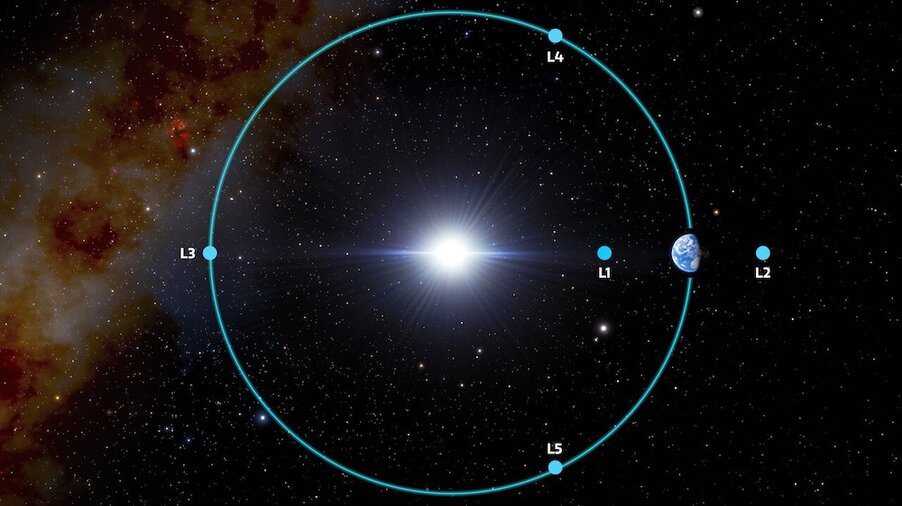
Global Space News: A new Earth Trojan
At the end of 2020, a near-Earth asteroid was discovered that was dubbed 2020 XL5. Further analysis of the asteroid’s orbit published last month revealed that this new discovery was actually an Earth Trojan: an asteroid that shares the Earth’s orbit around the Sun.
Trojan asteroids are located at the fourth and fifth “Lagrange points” close to a planet. Lagrange points are locations of gravitational balance, where the pull from the planet’s gravity and that from the Sun are in equilibrium. Small celestial bodies can remain in these locations, sharing the orbit with the planet without being drawn away towards either the planet or the Sun.

Jupiter has a huge number of asteroids clustered at the massive planet’s Lagrange points. The Jupiter Trojans are thought to be the leftover building blocks of the giant planets, and their properties are set to be explored by NASA’s LUCY mission which launched last year.
But prior to the discovery of 2020 XL5, our smaller Earth was only known to have one Trojan asteroid. Searches had been made by both the Hayabusa2 spacecraft and NASA’s OSIRIS-REx as they passed through the Earth’s Lagrange points, but neither had uncovered new finds. Hayabusa2 Project Manager Tsuda Yuichi points out that one of the challenges is the search area is vast.
It looks like a new asteroid has been discovered at the “L4” point, one of the Lagrange equilibrium points created by the gravity of the Sun and the Earth. Asteroid 2020 XL5 was found to be an asteroid that remains in a stable orbit around the L4 point (called a Trojan group asteroid). Its colour is that of a C-type asteroid, which is the same class as Ryugu, and the diameter appears to be 1.2 km, making it one size larger than Ryugu. The L4 and L5 points are difficult to observe as these are in the direction of dawn and dusk when seen from Earth. There may be many large celestial bodies in these areas that have not yet been discovered.
Tsuda Yuichi, Hayabusa2 Project Manager
As it happens, Hayabusa2 is currently passing the L4 point. However, even though this is the same area as where 2020 XL5 is predicted to orbit, it is a vast space. As we will be more than 40 million km away from the asteroid, it would be difficult to observe from Hayabusa2. Hayabusa2 also searched for asteroid with the onboard cameras when passing another Lagrange point, L5, in 2017. Unfortunately, none were found at that time. However, the L4 and L5 points are the Earth’s backyard when viewed on the scale of the Solar System. If we suspect there are treasures there, then we definitely want to find them!
This discovery of a second Earth Trojan is suggestive that many more such asteroids could exist close to the Earth. Hayabusa2 Mission Manager Yoshikawa Makoto notes that the proximity of the Trojans and other near-Earth asteroids on orbits close to the Earth make good targets for observation and exploration.
Because asteroid 2020 XL5 is said to be Trojan asteroid of the Earth, we might think that the arrangement of the Sun-Earth-2020 XL5 would be an equilateral triangle. But in the case of 2020 XL5, the asteroid’s orbit is actually a squashed ellipse (orbital eccentricity of about 0.4), so the arrangement of the Sun-Earth-2020 XL5 will in reality change significantly during the asteroid’s orbit (1 year). However, since the asteroid moved in a wide orbit around the Lagrange point L4 ahead of the Earth on the Earth’s orbit, it can be regarding as an Earth Trojan asteroid.
Yoshikawa Makoto, Hayabusa2 Mission Manager
2020 XL5 is the second reported Earth Trojan after asteroid 2010 TK7, but an important feature is that 2020 XL5 has an orbital period that is the same as that of the Earth at 1 year. In fact, many asteroids with similar orbital periods to the Earth have been discovered. One is the asteroid Cruithne that was discovered in 1986 and behaves similarly to 2020 XL5. There is also 2016 HO3 (named Kamo’oalewa in Hawi’ian) which was discovered in 2016 and is now on a wide orbit around the Earth. As the orbits of these asteroids are unstable, they will not remain in their current orbits forever, but will change to another orbit over the next hundreds or thousands of years. But for the time being, their current orbits and position relative to the Earth is regular, so we may be able to use their presence for future explorations.
In addition to the proximity of the Trojans, this group of asteroids is of high scientific interest. Hyodo Ryuki in the Department of Solar System Sciences says that while the two Hayabusa missions have returned samples from an S-type and C-type asteroid, there are other asteroid classes that need to be explored to understand the formation of the Earth and the planets.
The existence of a new Earth Trojan has been confirmed, and the expectation that more might be discovered is growing. From the orbit of the two Earth Trojans discovered so far, it is believed that these asteroids were originally from elsewhere and have been temporarily trapped by the Earth’s gravity.
Hyodo Ryuki, ITYF, Department of Solar System Sciences
We have found many meteorites on Earth, but have not found any whose chemical and isotopic composition matches that of the Earth’s rocks (in other words, we still do not know the material that made “rocky planet” Earth). If we could find something that has remained as an Earth Trojan since the birth of the Earth, I would definitely like to explore it! Because such an asteroid might be a remnant of the Earth’s raw material from 4.6 billion years ago.
The meteorite that is thought to be most similar (isotopically) to the Earth’s rock so far is the enstatite chondrites. It is thought that such meteorites may have originated from E-type asteroids which have yet to be explored by humankind. Following on from S-type (Hayabusa) and C-type (Hayabusa2), I feel JAXA should tackle the exploration of the E-type class as well!
Finding these new celestial bodies whose scientific interest cries for exploration is not a rare event, and we expect more in the future. Ozaki Naoya in the Department of Spacecraft Engineering is working on designing missions that will allow us to be prepared for valuable close encounters that we do not want to miss.

We’ve found a second Earth Trojan asteroid! Actually, many small bodies have been found with more than 400 discovered since the beginning of this year, and more than one million in total (according to the IAU Minor Planet Center). Therefore, I’m certain we will continue to find interesting small bodies in the future.
Ozaki Naoya, Assistant Professor, Department of Spacecraft Engineering
When you find such interesting objects, you want to go and explore them as soon as possible, right? Right?! Hyodo-san? Yoshikawa-sensei?
We are currently considering a few ideas for standby exploration missions that will allow us to explore small bodies that have not yet been found as soon as they are discovered. One of these is the Comet Interceptor mission that will wait at the L1/L2 Lagrange point for the Sun and Earth (Lagrange points different from L4) which will be introduced later by Professor Funase. This idea is like an interceptor mission.
Another possible approach is to wait while repeating asteroid fly-bys and Earth swing-bys, as has been considered for an extended mission for the DESTINY+ spacecraft (see figure). In the future, we could imagine more than ten spacecraft placed near the Earth and small bodies would be observed via fly-by every few months. Then if an interesting small body is found (perhaps even an interstellar object) we have spacecraft ready to explore it… I dream that it would be great to explore the creation of such a deep space constellation.
It might also be possible to rendezvous with an Earth Trojan, rather than explore via a fly-by! I am excited to talk over ideas with Professor Tsuda and others.
Funase Ryu from the Department of Interdisciplinary Space Science is also engaged in the plans for the ESA-led Comet Interceptor mission. Looking into the future, Funase feels that this type of mission can be developed further by Japan to explore entirely new classes of celestial worlds.
As Ozaki-san introduced, ESA and JAXA are jointly planning a mission known as the Comet Interceptor that will be a new style of “stand-by” exploration. The mission will keep the spacecraft on standby at the Lagrange point (L2 point) of the Sun-Earth system, and if an interstellar object or long period comet is found through ground-based observations, the spacecraft will depart L2 and travel to encounter the celestial body. This would be the first mission for humankind to observe such celestial bodies up close, so I feel this is a mission with considerable impact.
Funase Ryu, Professor, Department of Interdisciplinary Space Science
This plan is not led by Japan, but by ESA, and Japan will be responsible for one of the multiple spacecraft (child probes) for fly-by observations of celestial bodies from various different angles. (This will be quite a difficult development, but I will talk about that on another occasion…!). Inspired by this, Japan has also become strongly motivated to lead such challenging and exciting exploration missions.
Beyond the Comet Interceptor, we would like to develop a parent spacecraft with high orbital transfer capabilities and (preferably multiple) ultra-small spacecraft equipped with observation capabilities similar to those being developed for the Comet Interceptor so that multiple spacecraft can explore celestial objects that pass by unexpectedly. This “orbit transfer capability” is an important point. If the orbit transfer capability is high, we can target interesting celestial bodies for fly-by exploration, or we can expand the range of orbits of the objects we can intercept (that is, there is a higher probability of being able to explore an interstellar object).
For this, we should be able to utilise the high-performance orbit transfer technology that will be demonstrated by DESTINY+. Beyond DESTINY+ and Comet Interceptor, Japan will be ready to do stand-by exploration and also fly-by of a large number of celestial bodies!
“Global space news” is a chance for us to highlight important developments across the world and share our excitement of these achievements.
Further information:
Hayabusa2 mission website
DESTINY+ mission website
Comet Intercepter website (ESA page)




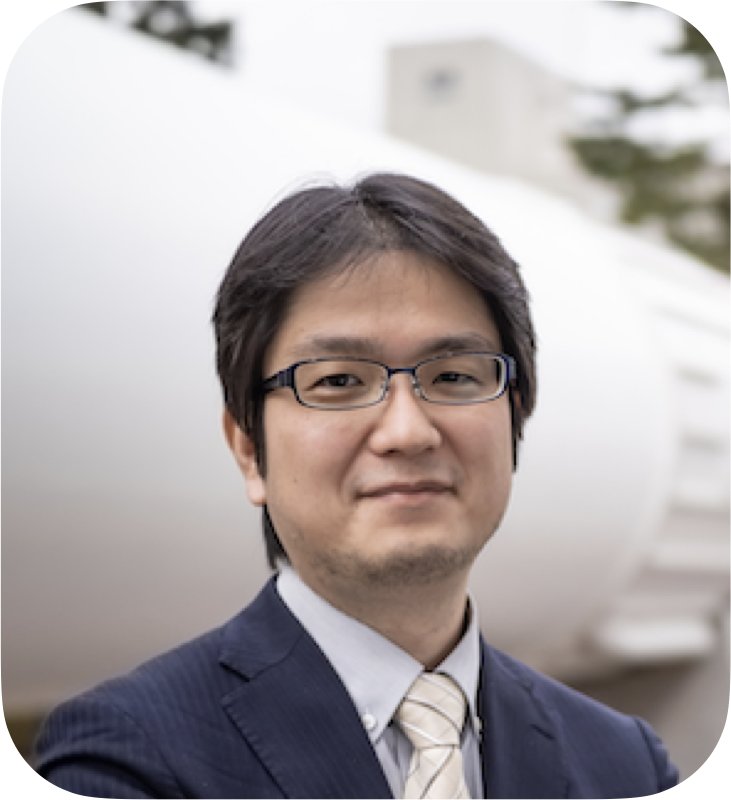
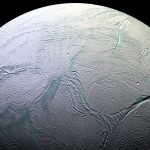 Previous Post
Previous Post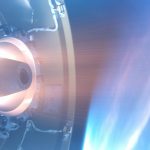 Next Post
Next Post